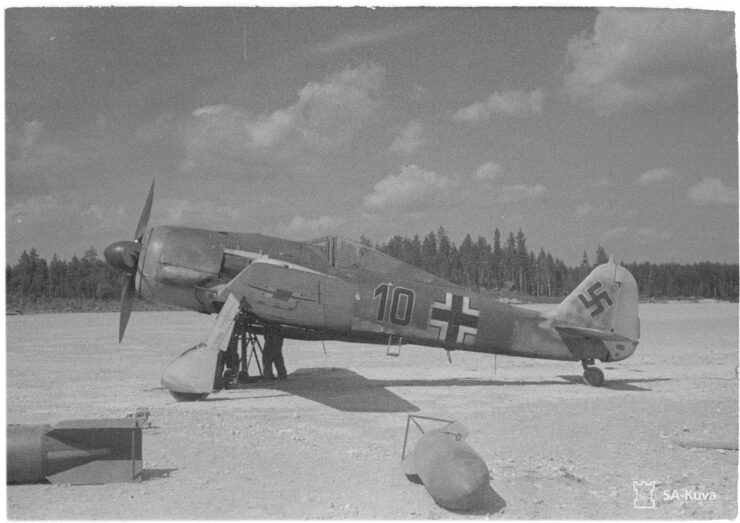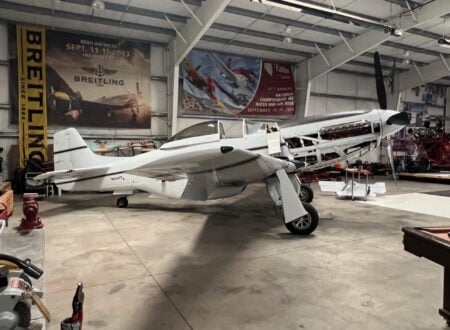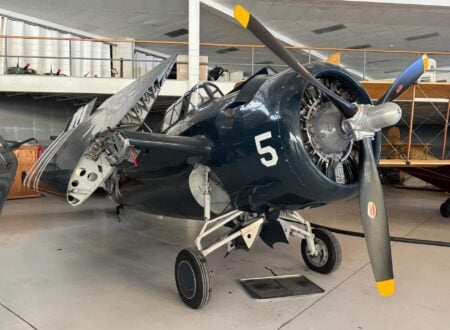When the Focke-Wulf Fw 190 first appeared in the skies over Europe in 1941 it shocked the world, it was superior to all of the Allied fighters (other than high-altitude flight capability), and it set the wheels in motion for the rapid development of the Supermarine Spitfire MKIX, which returned air superiority to the Brits.
This full length documentary covers the entire history of the Fw 190, from its design and introduction to its active service during the war. It includes interviews with Fw 190 pilots from WWII, who offer remarkable first-hand insight into what the planes were like to fly against the Spitfire and other Allied aircraft.
Fast Facts – The Focke-Wulf Fw 190
- When the Focke-Wulf Fw 190 first encountered Allied fighters it proved so successful that it was quickly nicknamed the “Butcher Bird.”
- The Fw 190 was initially powered by an advanced BMW 801, an air-cooled 14-cylinder radial aircraft engine with a swept capacity of 41.8 liters (2,550 cubic inches), and a power output of up to 1,970 hp depending on specification.
- Over 20,000 examples of the Fw 190 were built between 1939 and 1945, just 23 are known to have survived to the modern day.
- In the 1990s a German company produced a run of 21 replica Fw 190s, as the BMW 801 is no longer available they’re powered by the Soviet-designed Shvetsov ASh-82FN, a 14-cylinder twin-row radial engine.
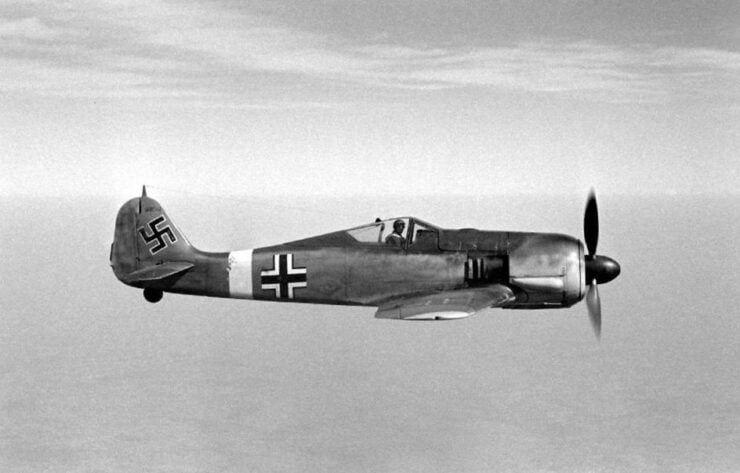

The Butcher Bird
The vast majority of documentaries about WWII-era aircraft tend to focus on the planes developed and flown by the Allied countries – aircraft like the Spitfire, Hurricane, Mosquito, Lancaster, P-51D Mustang, Boeing B-29 Superfortress, and many others.
This documentary gives a detailed view into the Luftwaffe of the Second World War, with a specific focus on the Fw 190, a fighter than turned the tide of the air war in Germany’s favor, if but for a brief time.
If you’d like to read more about the history and development of the Focke-Wulf Fw 190 you can click here to read more courtesy of the Smithsonian.
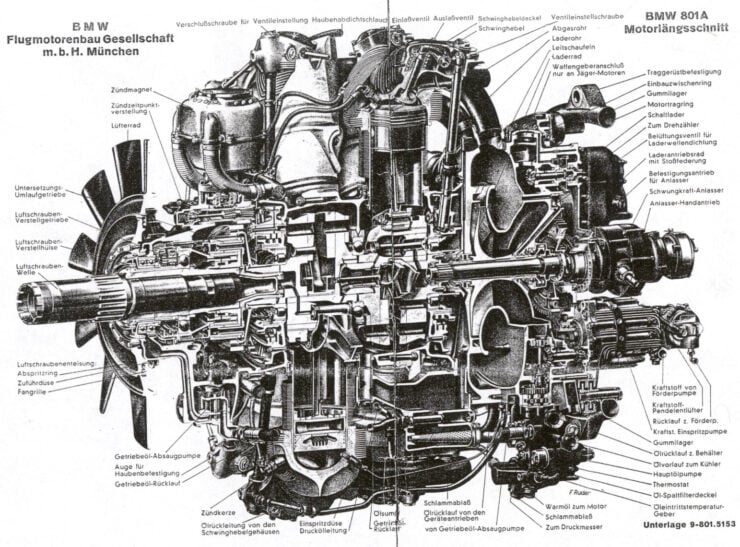
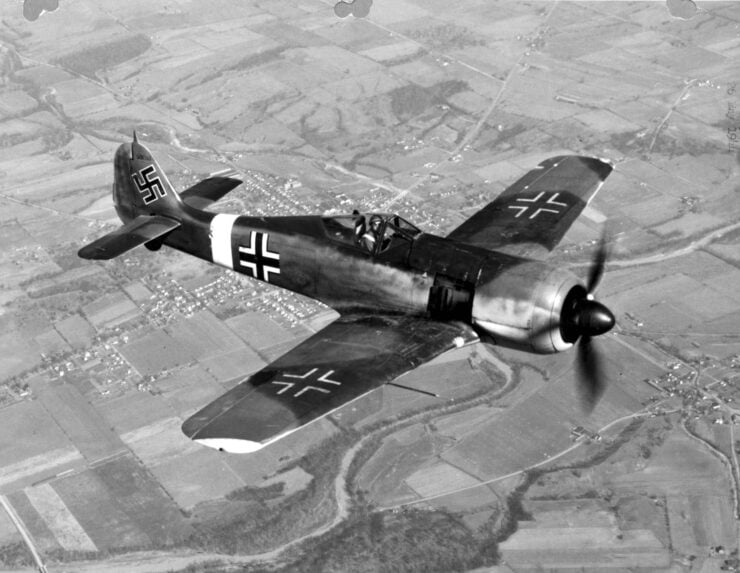
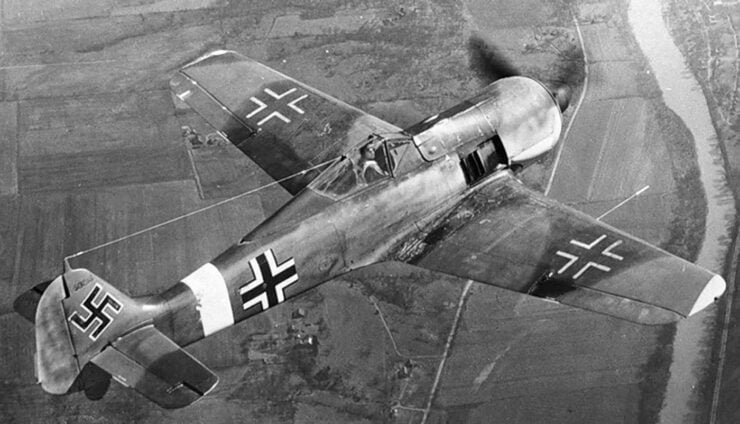
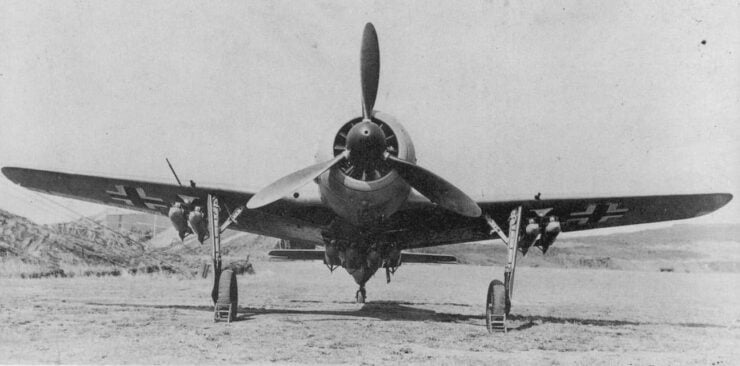
All images courtesy of the US Air Force

